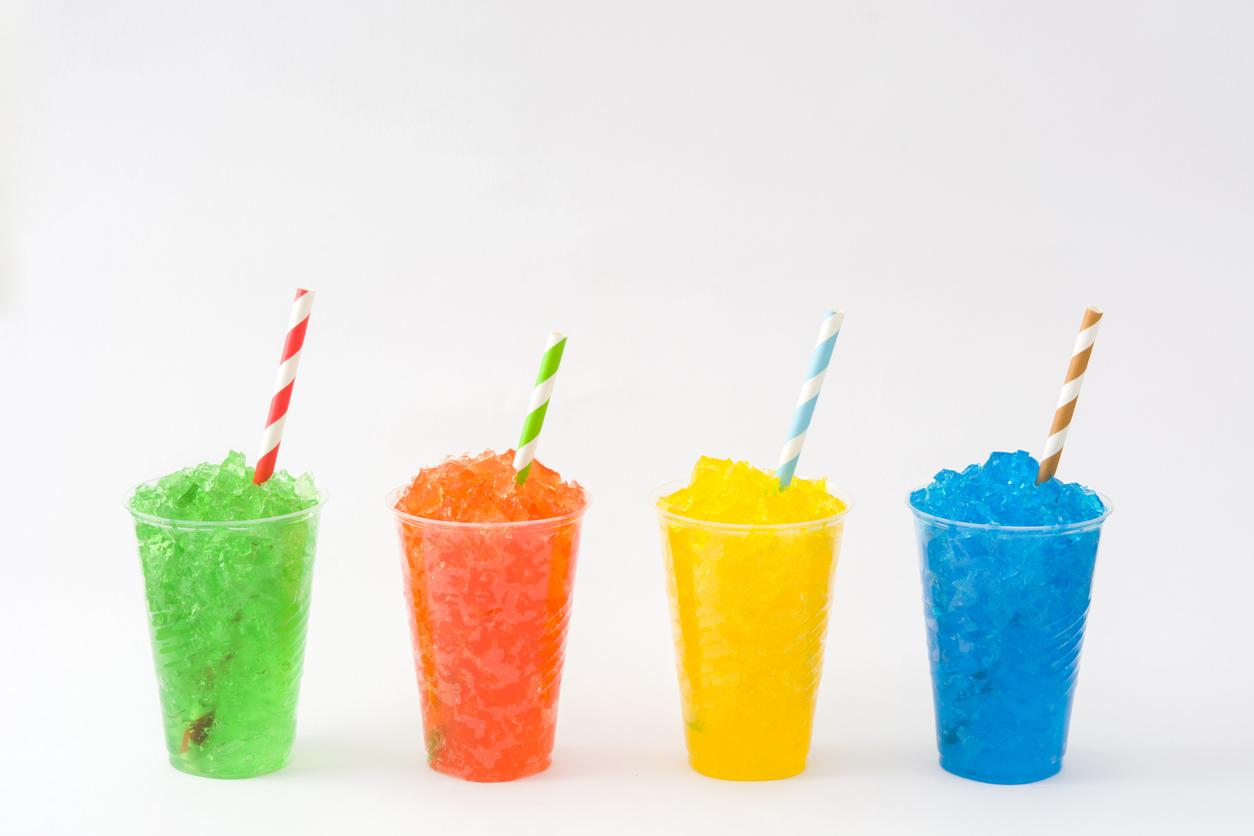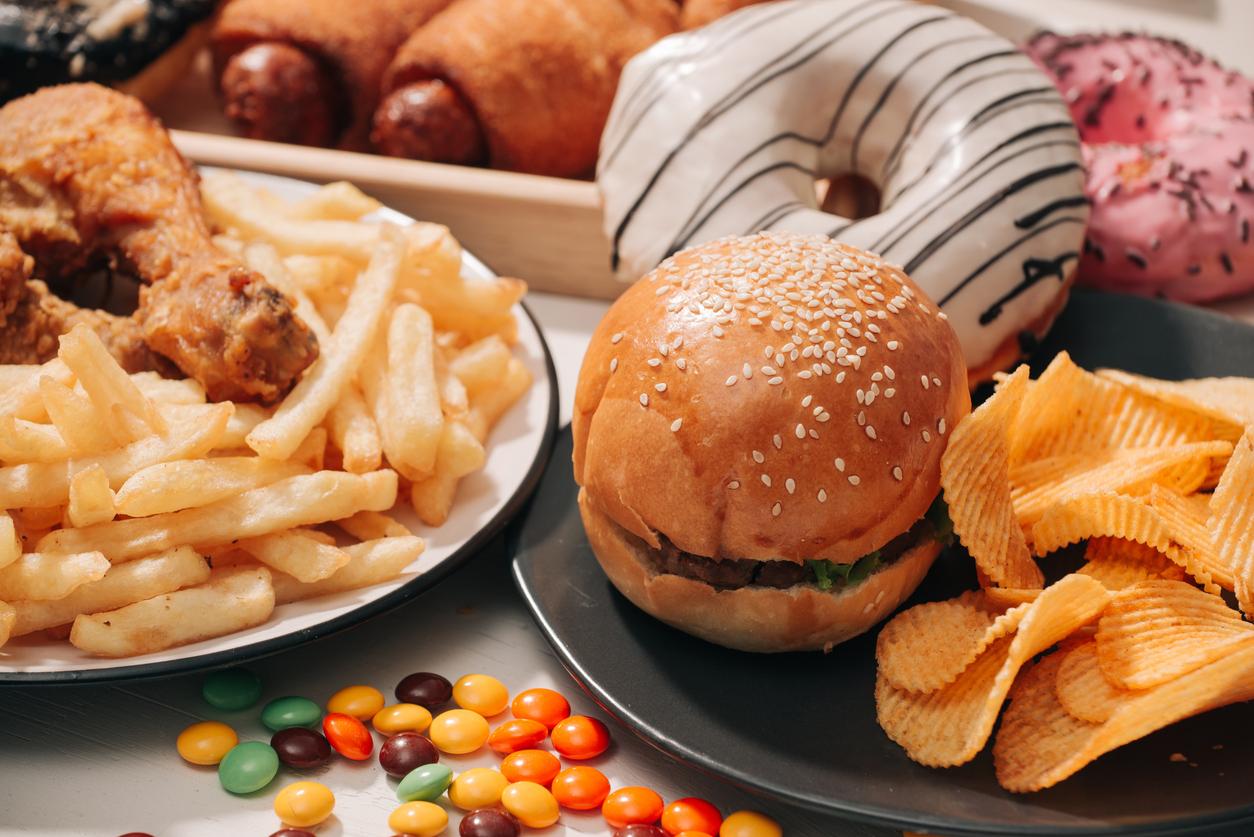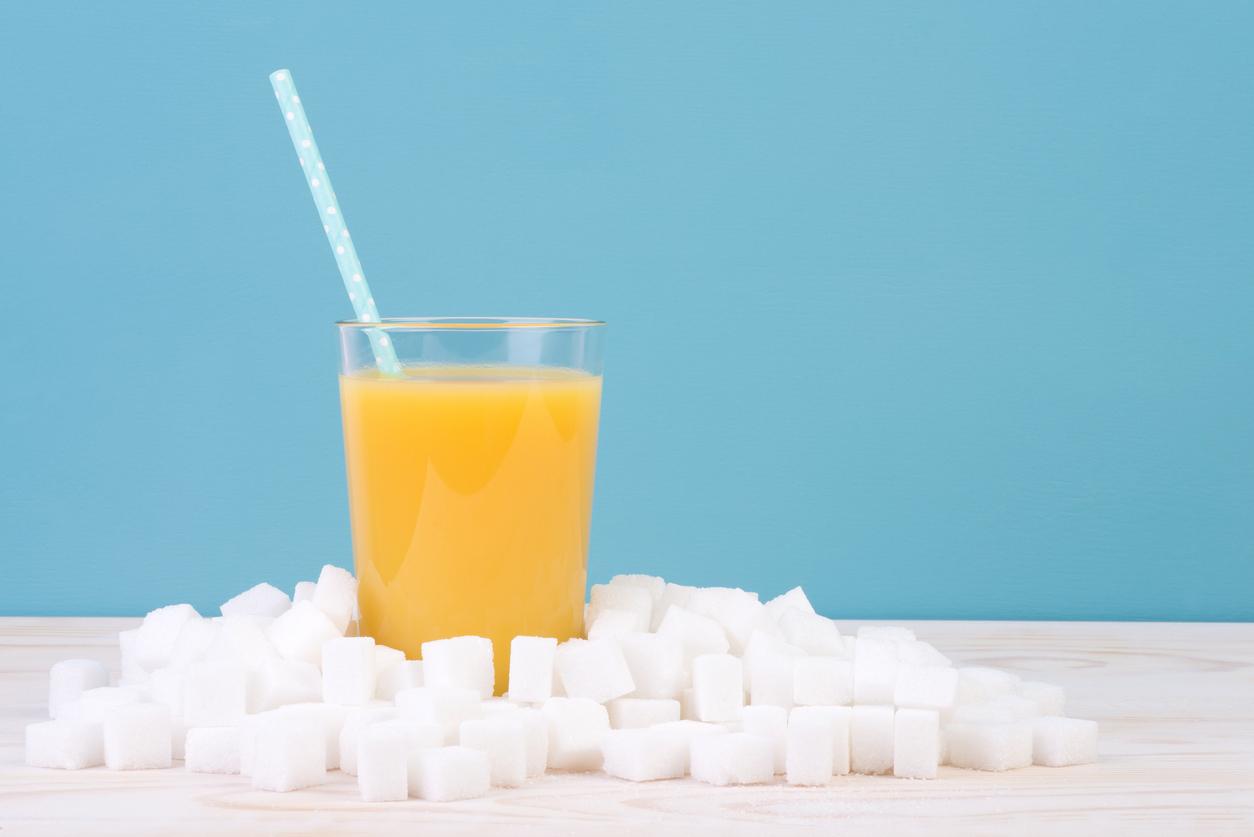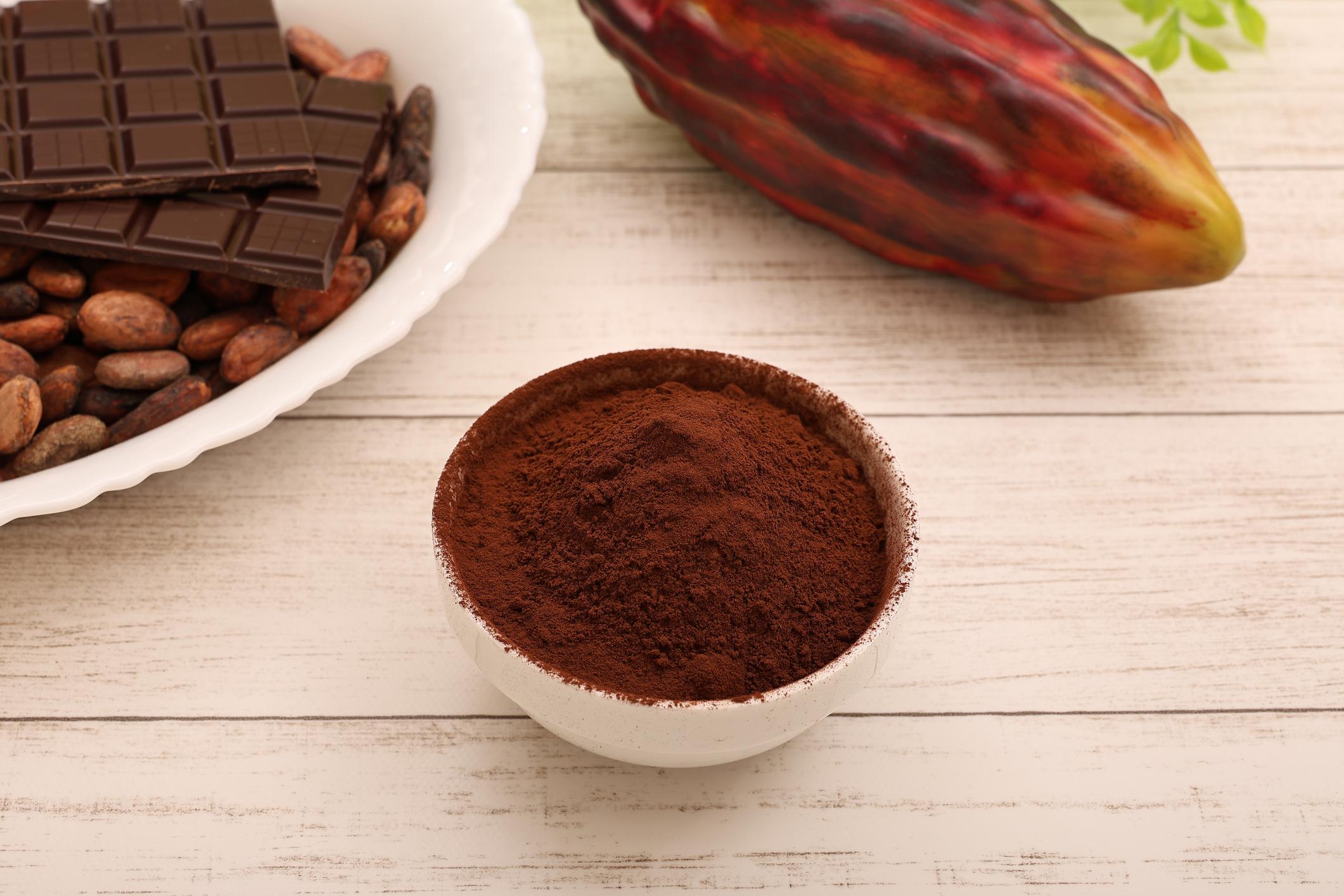A large consumption of granita, iced drinks, could cause headaches and nausea in children.

- The British and Scottish health agencies warn of the dangers of industrial granitas.
- Exposure of children to the glycerol used in slushies could cause headaches and nausea in children.
- It is mainly children under the age of four who are affected by these symptoms.
Granites, the star iced drinks of the summer, should not be given to children under the age of four, announced in a press release between the Food Standards Agency (FSA) and Food Standards Scotland (FSS), the British and Scottish food standards agencies.
Granita: possible glycerol poisoning
Indeed, according to experts, their industrial version made of crushed ice, syrup and glycerol (a liquid that prevents drinks from freezing) could cause headaches and nausea.
These disorders would be caused by exposure to glycerol, reports Sky News.
The FSA and FSS said they are aware of two cases in Scotland, one in 2021 and one in 2022, where children were admitted to hospital due to poisoning with the substance.
But the cases could be more numerous: “it is likely that cases of glycerol poisoning are underreported, as parents may attribute nausea and headaches to other factors”noted the experts.
Granitas: Glycerol particularly affects the youngest children
Adam Hardgrave, Head of Additives at the FSA, said: “although the symptoms of glycerol poisoning are generally mild, it is important for parents to be aware of the risks, especially with high consumption.”
Indeed, the consumption of several granitas in a short period of time can cause shock, hypoglycemia and loss of consciousness in children, say health authorities.
Older children are less likely to experience the adverse effects of glycerol because it is related to body weight.
Anyway, for a safer consumption of these refreshing drinks, while the temperatures are rising in France it is always possible to make them homemade and in the original version, healthier, where real fruit replaces syrups, which also allows you to monitor the actual amount of sugar.















